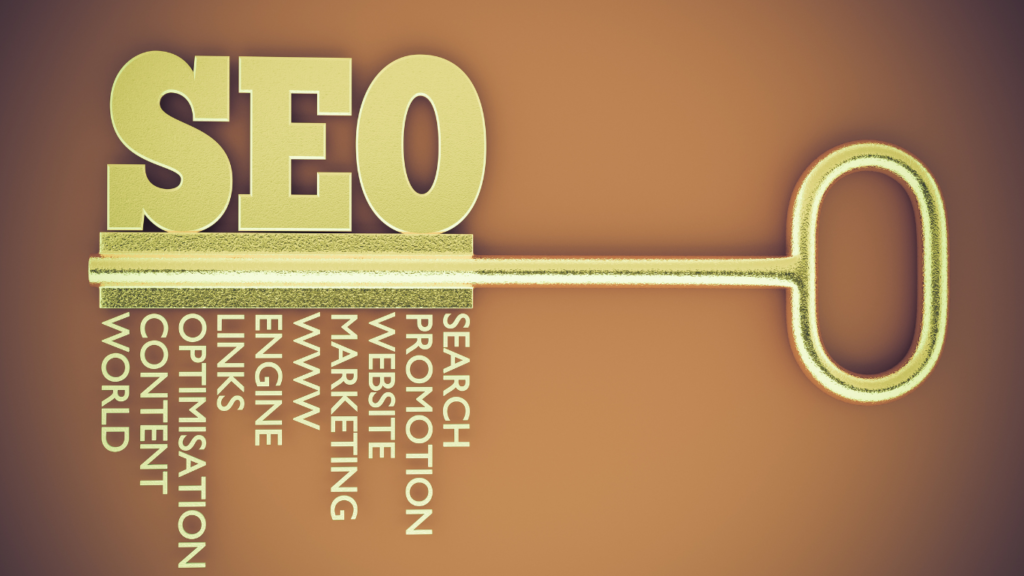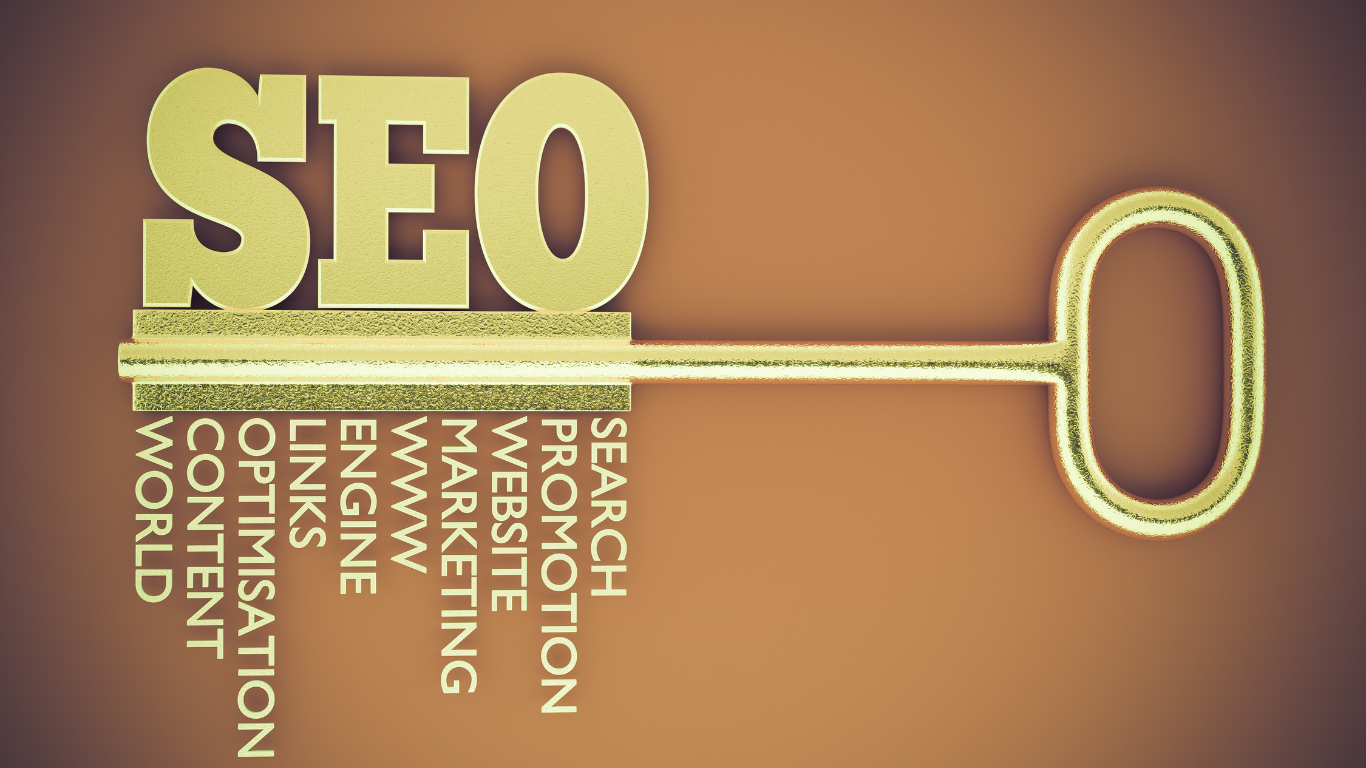

If you’re a musician and you want search engine traffic, it can be tough to figure out where to start. There are so many moving parts that it’s easy for even the most competent people to get overwhelmed. That’s why I’ve put together this exhaustive checklist of every step you need to take to make sure that your site is optimized for search engines like Google and Bing. This way, whether you’re an experienced SEO specialist or just getting started with e-commerce, there will be no question as to how well your site ranks on search engines:
The title tag is the most important on-page SEO factor. It should be visible on your website’s homepage, and Google will use it to determine what your site is about
The title tag should be between 60 -70 characters long, but I recommend keeping it to 70 characters if possible, as this can help with rankings in search engines. In this space, you want to include one or two of your most important keyword phrases (e.g., “music lessons for adults” or “piano lessons for kids”). You also want to make sure that these keywords are descriptive and informative; remember that people visiting your site have questions that need to be answered!
Metadata is important because it helps search engines understand what your content is about, and they use that information to determine where it should be ranked. If you don’t provide metadata, then search engines will use whatever text is on the page itself instead. This means that if you’re not careful about what words are visible on your site, then those words could become important in determining where you rank for certain searches.
Meta descriptions are one of the most powerful tools in an SEO’s arsenal. They’re short summaries that appear below some listings in search results; Google even uses them to help inform its Knowledge Graph (where it displays facts about topics people search for). The good news here is that musicians can write their meta descriptions! This can be a great opportunity to include keywords relevant to your music or band just make sure not to go overboard with keyword stuffing; Google doesn’t like when websites overuse specific terms just because they think it’ll help them rank higher.
There are two main types of metadata: HTML and XML/RDFa (Extensible Resource Description Framework). Both allow us to provide information about our resources so they’re easier for anyone trying to find them through different channels; however, there are subtle differences between these standards which we’ll discuss later on in this article…
Image ALT text is the text that appears when you hover over an image. It’s used for accessibility and SEO, as it helps search engines understand what your images are about.
The first thing to remember is that an image’s ALT text should be descriptive and include keywords. For example, if you have a photo of yourself playing the guitar on stage at a show, your image ALT text might say something like “Tom Jones performing at The Troubadour in Los Angeles, California” or “Tom Jones performing on stage at The Troubadour in Los Angeles, California while wearing his signature glasses.”
Additionally, the maximum length of any given piece of content including alt tags should be 160 characters (including spaces).
Copy is the text on the page that is visible to the user. You should always write your copy to be read by humans, not search engines.
This means that you should avoid repetition and long blocks of text where possible – if a reader can’t get through it all in one go, they won’t bother reading it at all. Remember: people don’t spend hours at a time searching for content; they usually have something specific they need help with, so keep it short and sweet!
It’s also important that your copy is unique and original don’t just copy from elsewhere on the internet! Search engines penalize sites for duplicate content, so make sure yours stands out from other sites by keeping things fresh (and avoiding plagiarism at all costs). Keep in mind that Google will only index about half of what’s published online as part of its algorithm; if you want both search engines AND visitors themselves coming back again and again then go ahead and write something brilliant every single time – even if no one else does!
When it comes to your online presence, Google My Business is an incredibly useful tool. You can use photos, videos, and more on your business page. You can also claim your listing on Google Maps (this will help people find you).
If you haven’t already, create a Google My Business page for yourself or your band. Then add links to that page from all of the different places on the web where people might look for you online: Facebook, Twitter, Instagram, etc…
Social media is a great way to build your brand, reach fans and potential fans, and share your music. Facebook, Twitter, Instagram, and other social media platforms have all kinds of features that can help you strengthen your relationship with listeners and fans.
Reviews and ratings are important for SEO, and you should be getting as many as possible.
But how do you get reviews?
You can ask for them on your website, or use a service like Yelp to collect reviews there. You can also offer free products in exchange for an honest review (be sure the product is useful for musicians!). If someone writes a good review about your music online, don’t forget to thank them!
How do I get more reviews? How do I get more ratings? How do I get more stars? How do I get more than five stars?
Link building is one of the most important parts of your SEO strategy, and it should be a major part of your overall marketing plan. Here’s what you need to know about link building for musicians:
It’s important to understand that SEO is a complicated subject with many moving parts. You should use this checklist to stay organized and make sure you’re working on the right things in the right order.
It’s also worth noting that most of the tasks on this checklist should not be performed by musicians themselves, but rather by an experienced web developer or agency with whom they can partner.
SEO is a complicated subject with many moving parts. Use this checklist to stay organized.